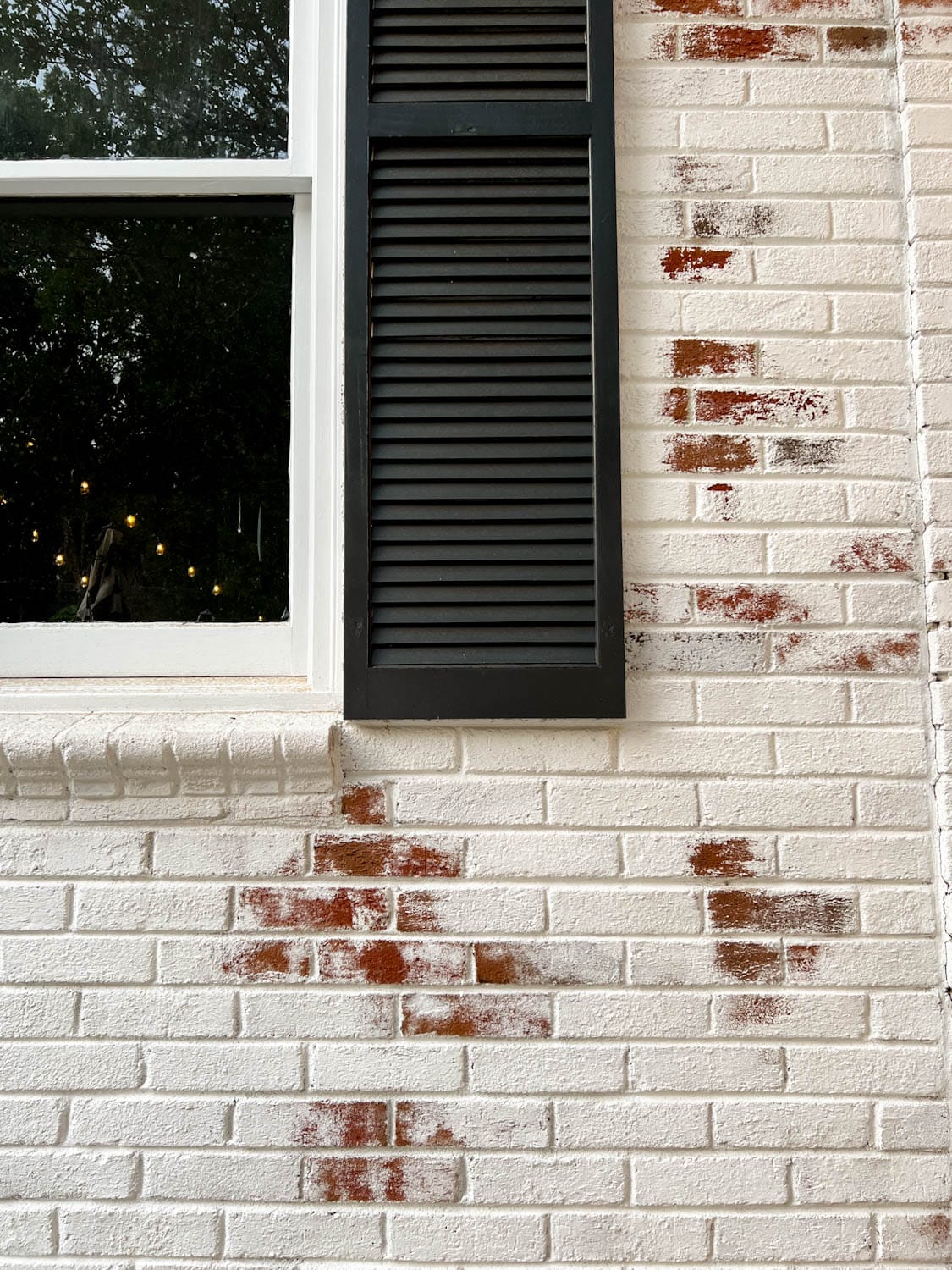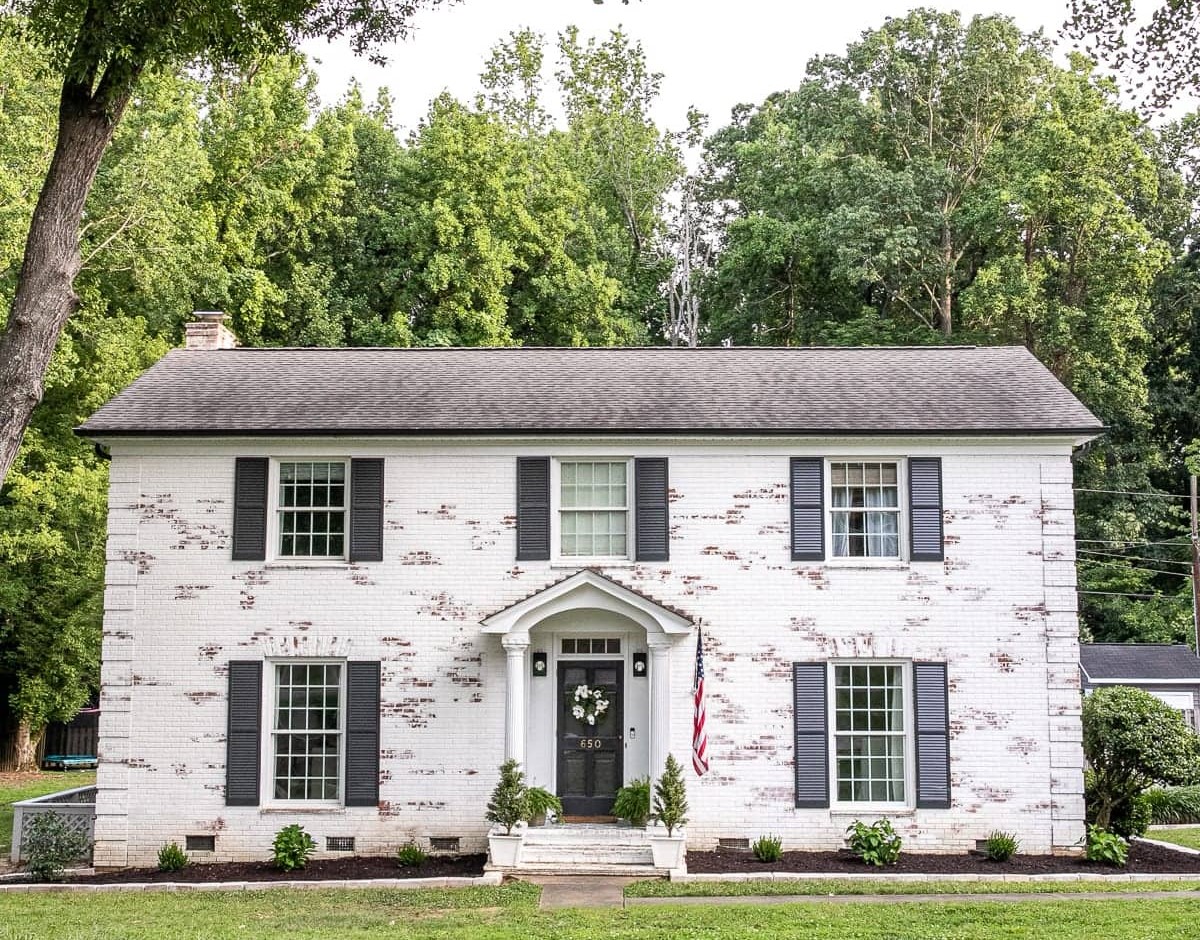When it comes to revitalizing brick surfaces, homeowners have several options to consider, including staining, painting, and the trendier approach of limewashing brick. Each method offers unique benefits and considerations, making it essential to understand the differences before making a decision.
Brick Staining
Brick stain is a permanent surface finish that penetrates the brick, altering its colour while preserving its natural texture. This mineral product darkens or colours the brick, becoming a permanent part of it and ensuring it never chips, bubbles, or pulls away from the brick. It acts as a moisture barrier and allowing the brick to breathe ensuring durability and longevity.
Brick stain works best on clean, porous, and unpainted brick. Brick stain comes in a countless variety of colours, from light and transparent to bold and opaque, providing endless possibilities for enhancing the appearance of brick surfaces. It’s essential to note that heavily damaged brick may not be suitable for staining, and once applied, stain is challenging to remove.
Brick staining is a more affordable option compared to brick painting, it also helps avoiding the expense of replacing masonry. This is beneficial for homeowners who are looking to sell their home and wanting to update the exteriors.
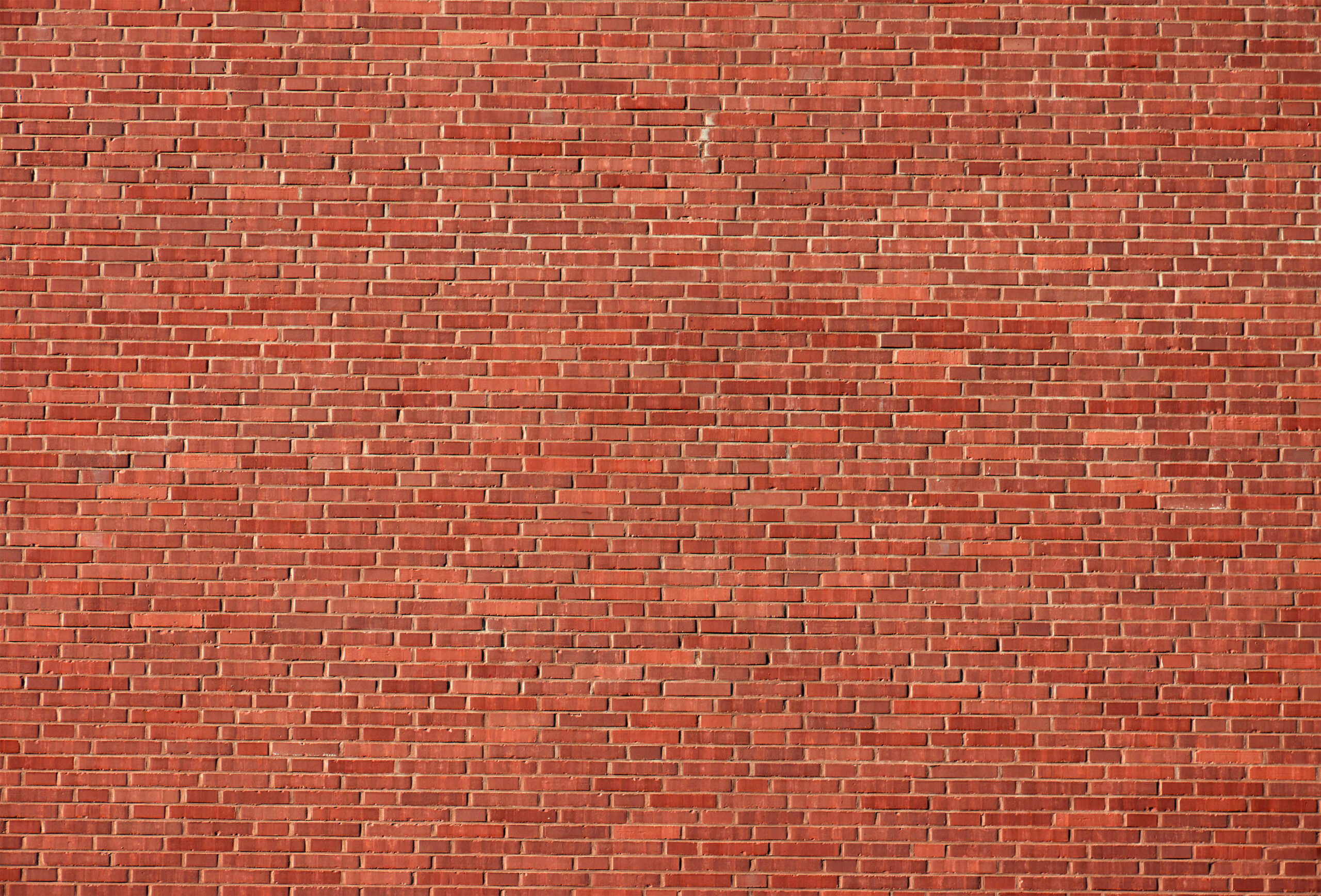
Painting Brick
Painting brick involves covering the entire surface, including mortar, with a uniform colour. While paint can effectively hide surface flaws and provide a consistent appearance, it does seal the porous brick, preventing it from breathing. Additionally, painted brick tends to emphasize texture rather than colour gradations. One advantage of painting is its ability to be applied over stained brick, offering flexibility in design choices.
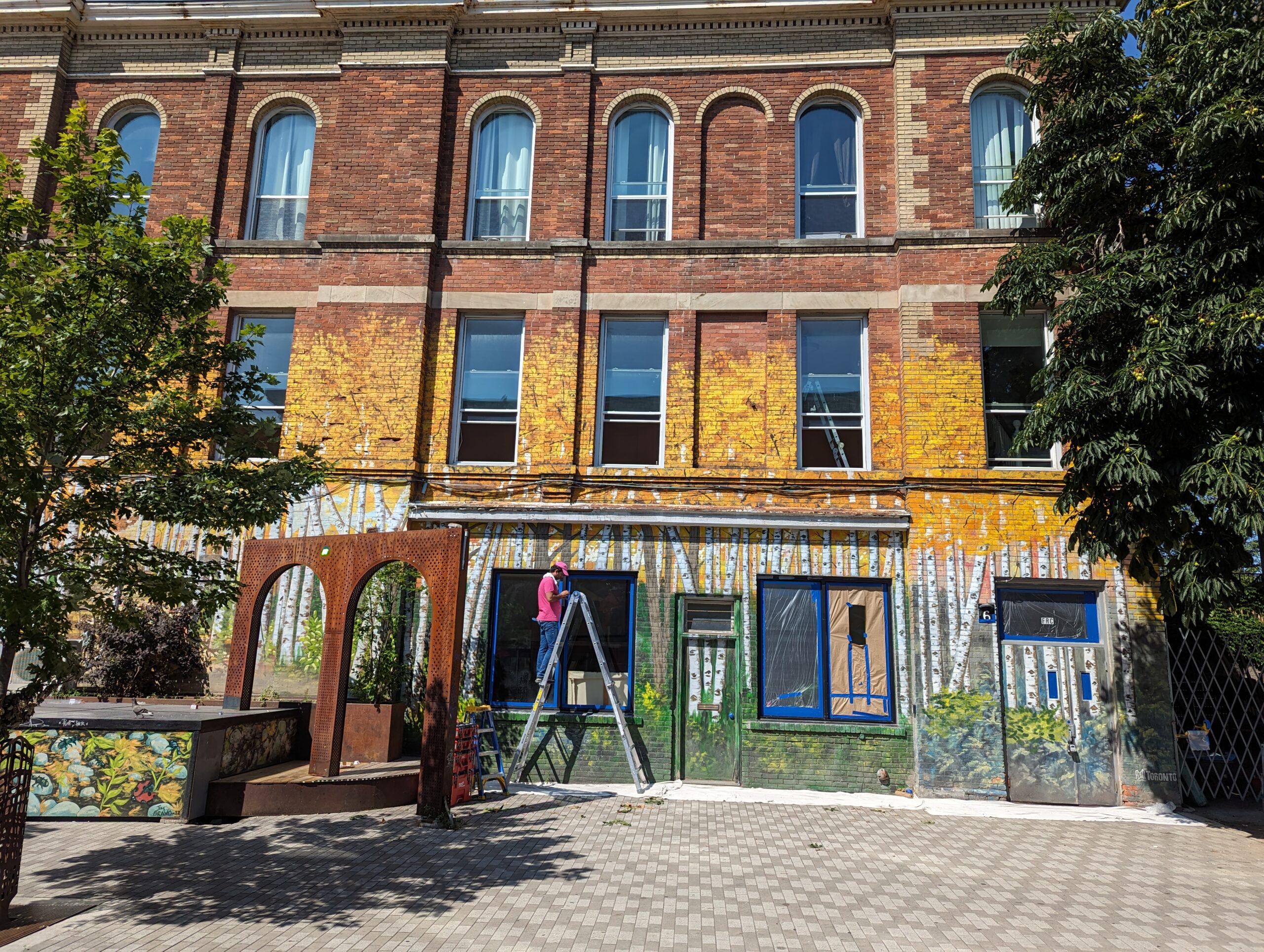
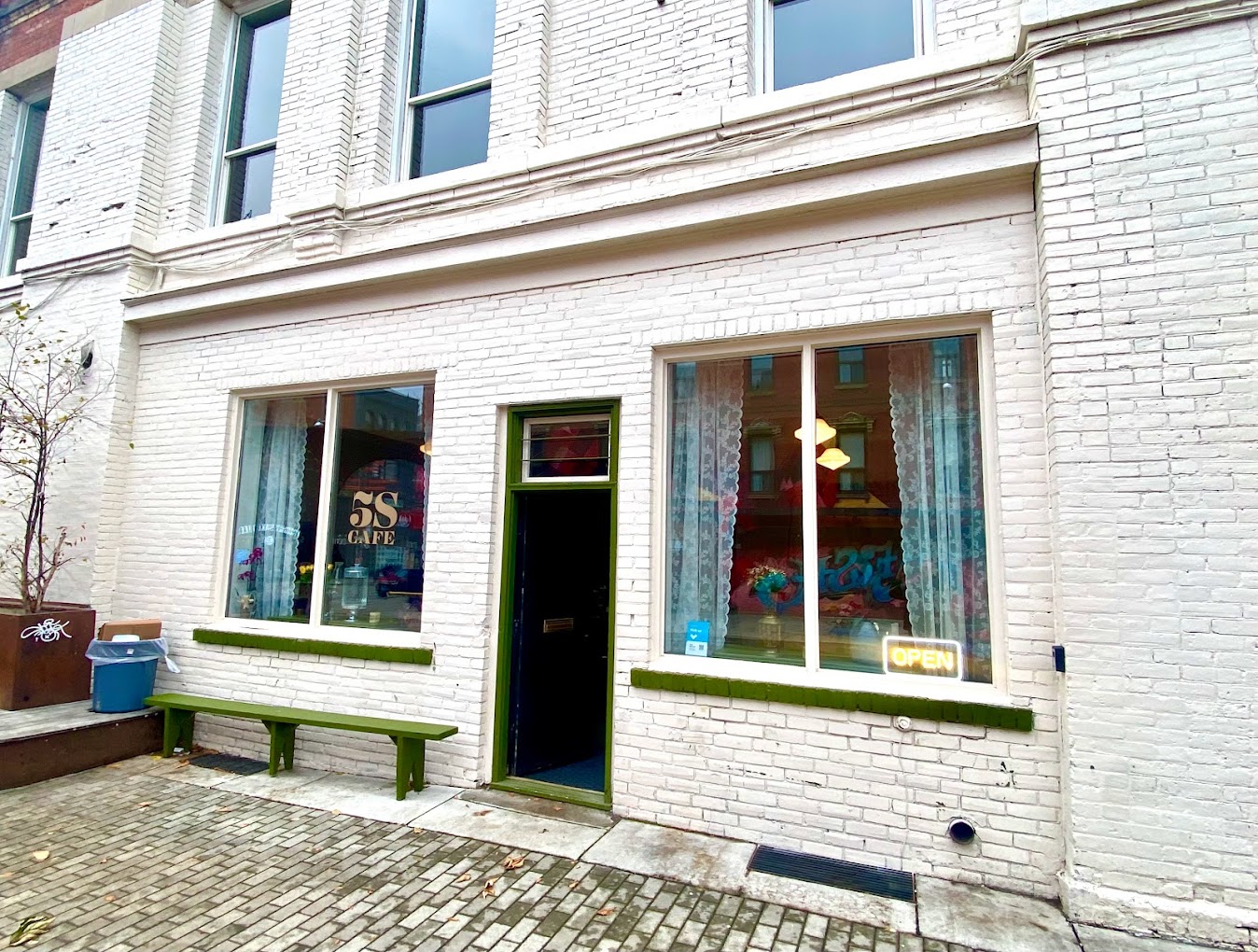
What is Limewash?
Limewash, crafted from crushed limestone and water, often incorporates colour pigments for added depth. Limewash can be applied to brick with brushes and penetrates deeply into pores. Thus, it helps with slowing the deterioration of the brick.
Limewash on brick
Limewash paints, such as Romabio Limewash, offers a unique alternative to traditional brick staining and painting methods. This authentic, slaked-lime paint creates a beautiful white wash effect on absorbent brick, stone, and masonry surfaces. Applied as a one-coat process, limewash instantly transforms bricks, providing a breathable and UV-resistant finish. Over time, limewash patinas, with a flat and chalky finish adds character and depth to the surface.
Limewash transforms brick with a semi-transparent patina that allows its natural texture to shine through, preserving the rich feel of the brick rather than masking it like traditional paint. Additionally, when made from raw ingredients, limewash also presents a cost-effective alternative to paint, offering both aesthetic appeal and budget-friendly benefits.
How long does brick stain last vs brick paint?
Brick stain typically has an average lifespan of 20 years with the potential to endure even longer, possibly up to 30 years, depending on factors such as climate and the type of brick being treated. Over time, it may gradually fade, signaling the conclusion of its lifespan.
In contrast, paint typically lasts between 7 to 10 years before it begins to chip and deteriorate, often requiring more frequent maintenance compared to stain. The degradation of paint is usually more noticeable, prompting homeowners to address maintenance issues sooner.
What’s the best solution to enhance the aesthetic appeal of your exterior brick surfaces?
Choosing between brick staining, brick painting, or limewash on brick depends on factors such as desired aesthetics, surface condition, and long-term maintenance preferences. While staining emphasizes colour and texture, painting offers uniformity and surface coverage. Limewash provides a trendy, European-inspired finish with unique patina development over time.
Regardless of the choice between brick staining, brick painting, or limewash on brick, preserving the personality of the brick is paramount. Ultimately, consulting with professional exterior painters and considering individual project needs will help homeowners make informed decisions for their brick surfaces.
Whether you’re considering brick staining, brick painting, or limewash on brick, we’re here to guide you every step of the way. Our in-house designer is ready to assist with color consultations, ensuring the perfect stain or preferred limewash finish intensity for your exterior brick. Don’t hesitate to reach out to us for a free quotation and start upgrading your home today.

What is the difference between brick staining and limewashing?
Brick staining involves applying a stain that penetrates the brick, preserving its natural texture and allowing it to breathe. Limewashing uses a mixture of slaked lime and water to create a matte finish that also permits breathability but offers a more aged, chalky appearance.
Can I apply brick stain over previously painted brick?
No, brick stain is designed to penetrate porous surfaces and will not adhere properly to painted brick. The paint creates a barrier that prevents the stain from absorbing into the brick.
Does painting brick reduce its lifespan?
Painting brick can trap moisture, leading to potential issues like mold growth and brick deterioration over time. It’s essential to use breathable, mineral-based paints designed for masonry to mitigate these risks.
Can limewash be tinted to different colours?
Yes, limewash can be tinted to a variety of colours. While traditional limewash colours are often soft neutrals, modern applications allow for a broader spectrum. We offer a selection of popular limewash shades and can custom-match any Benjamin Moore colour to suit your design preferences. To assist you in choosing the perfect hue, we provide a complimentary colour consultation session.
How long does limewash last on exterior brick?
Brick staining involves applying a stain that penetrates the brick, preserving its natural texture and allowing it to breathe. Limewashing uses a mixture of slaked lime and water to create a matte finish that also permits breathability but offers a more aged, chalky appearance.
How do I maintain a limewashed brick surface?
Limewashed surfaces require minimal maintenance. Over time, the finish will patina naturally. If desired, reapplication can refresh the appearance every few years.
Which method is most cost-effective: staining, painting, or limewashing?
Limewashing is generally the most cost-effective, with supplies being relatively inexpensive. Brick staining may have a higher upfront cost but offers greater longevity, potentially reducing long-term expenses. Painting may require more frequent maintenance and reapplication, leading to higher costs over time.
Are there any environmental benefits to limewashing?
Yes, limewash is made from natural materials, making it environmentally friendly. Its high pH level also makes it resistant to mold and mildew, contributing to a healthier environment.
Can I remove limewash if I change my mind?
Limewash can be removed shortly after application.
Get in Touch
Enhance your home’s curb appeal with our professional brick painting, staining, and limewashing services. Whether you’re aiming for a modern look with a fresh coat of paint, preserving the natural texture through staining, or achieving a timeless aesthetic with limewashing, our expert team is here to bring your vision to life. Contact us today for a free consultation and discover how we can transform your brick exterior.
Tel: 416-606-8060
Email: shayan@chromatist.com


